Introduction
The Seattle Angina Questionnaire (SAQ) is an essential tool designed for assessing the health status and quality of life in patients with coronary artery disease (CAD). Since its development in 1994, this 19-item self-administered questionnaire is instrumental in evaluating key aspects such as physical limitations, angina stability, treatment satisfaction, and the patient’s perception of their disease. In clinical research and patient care, the SAQ offers valuable insights into the management and progression of CAD, aiding healthcare professionals in making informed decisions.
In this article, we will explore the purpose, structure, scoring, and applications of the SAQ, with a focus on its clinical utility and research applications.
Key Features of the Seattle Angina Questionnaire
Purpose and Use
The primary purpose of the SAQ is to evaluate the functional status and quality of life in patients suffering from coronary artery disease. It measures:
- The frequency and severity of angina symptoms
- Physical limitations due to angina
- Treatment satisfaction
- Overall disease perception
These measurements help clinicians monitor disease progression and inform treatment strategies.
Target Population
The SAQ is primarily designed for adults, including seniors (65+ years) with coronary artery disease. It can be used across various age groups, from young adults (18-24 years) to older adults (45-64 years), and provides reliable data for evaluating the impacts of CAD on different populations.
Structure
Total Questions: The SAQ consists of 19 items.
Domains:
- Physical Limitations (9 items)
- Angina Stability (1 item)
- Treatment Satisfaction (4 items)
- Angina Frequency (2 items)
- Quality of Life (3 items)
Clinicians score each domain on a scale from 0 to 100, with higher scores indicating better health status.
Scoring Method
The Physical Limitations and Quality of Life domain scores are categorized as follows:
- 0–24: Poor Health Status
- 25–49: Fair Health Status
- 50–74: Good Health Status
- 75–100: Excellent Health Status
This scoring system helps clinicians assess the severity of the patient’s condition and track changes over time.
Administration Format
The SAQ is available in various formats:
- Paper-based
- Digital (Online)
- Interview-based (in-person or via phone/video call)
This flexibility ensures that it can be used in a wide range of clinical and research settings. Typically, the questionnaire takes 5–10 minutes to complete.
Applications of the Seattle Angina Questionnaire
In clinical practice, the SAQ is a valuable tool for:
- Monitoring: Tracking changes in symptoms and health status.
- Treatment Planning: Helping clinicians design personalized treatment plans based on the patient’s health status and treatment satisfaction.
- Research: The SAQ is frequently used in clinical trials to evaluate the effectiveness of treatments for CAD.
Languages Available
The SAQ is available in over 55 languages, including English, Spanish, French, and Mandarin, making it accessible to a broad population.
Reliability and Validity
The SAQ is highly reliable, with Cronbach’s alpha values ranging from 0.78 to 0.94, depending on the domain. Validation studies have confirmed the questionnaire’s effectiveness in capturing key health parameters associated with coronary artery disease. For example:
- Chan et al. (2014) demonstrated its strong psychometric properties, supporting its use in clinical settings.
- Patel et al. (2018) further validated its utility in women with ischemic heart disease.
Limitations and Considerations
While the SAQ is widely used, it does have some limitations:
- Self-report measure: Responses are based on the patient’s self-assessment, which may introduce bias.
- Length: With 19 items, some users may find it somewhat lengthy, although shorter versions like the SAQ-7 are available.
Despite these limitations, the SAQ remains a highly useful tool for evaluating CAD patients.
Additional Resources
- The SAQ is a paid questionnaire, and users need to request permission for use from Dr. John A. Spertus, the developer. For more details visit the official SAQ article on PubMed Central.
Frequently Asked Questions (FAQ)
1. How long does it take to complete the Seattle Angina Questionnaire?
The questionnaire typically takes 5-10 minutes to complete.
2. Is the Seattle Angina Questionnaire free to use?
No, the SAQ is a paid questionnaire, and permission is required to use it.
3. Who can use the Seattle Angina Questionnaire?
The SAQ is designed for adults and seniors (65+ years) with coronary artery disease.
4. What languages is the SAQ available in?
The SAQ is available in over 55 languages, including English, Spanish, French, and Mandarin.
A word from ResRef about Seattle Angina Questionnaire
The Seattle Angina Questionnaire (SAQ) is a vital tool in the assessment of coronary artery disease, providing insights into physical limitations, angina frequency, treatment satisfaction, and quality of life. It has proven its reliability and validity in clinical trials and patient care, offering both healthcare professionals and researchers a reliable means of tracking the progress of CAD.
References
- Spertus, J. A., et al. (1995). Development and evaluation of the Seattle Angina Questionnaire: a new functional status measure for coronary artery disease. Journal of the American College of Cardiology, 25(2), 333-341. DOI: 10.1016/0735-1097(94)00397-9 Link
- Chan, P. S., et al. (2014). Development and Validation of a Short Version of the Seattle Angina Questionnaire. Circulation Cardiovascular Quality and Outcomes, 7(5), 640-647. PubMed: 25185249 Link
- Patel, K. K., Arnold, S. V., Chan, P. S., Tang, Y., Jones, P. G., Guo, J., Buchanan, D. M., Qintar, M., Decker, C., Morrow, D. A., & Spertus, J. A. (2018). Validation of the Seattle angina questionnaire in women with ischemic heart disease. American heart journal, 201, 117–123. Link




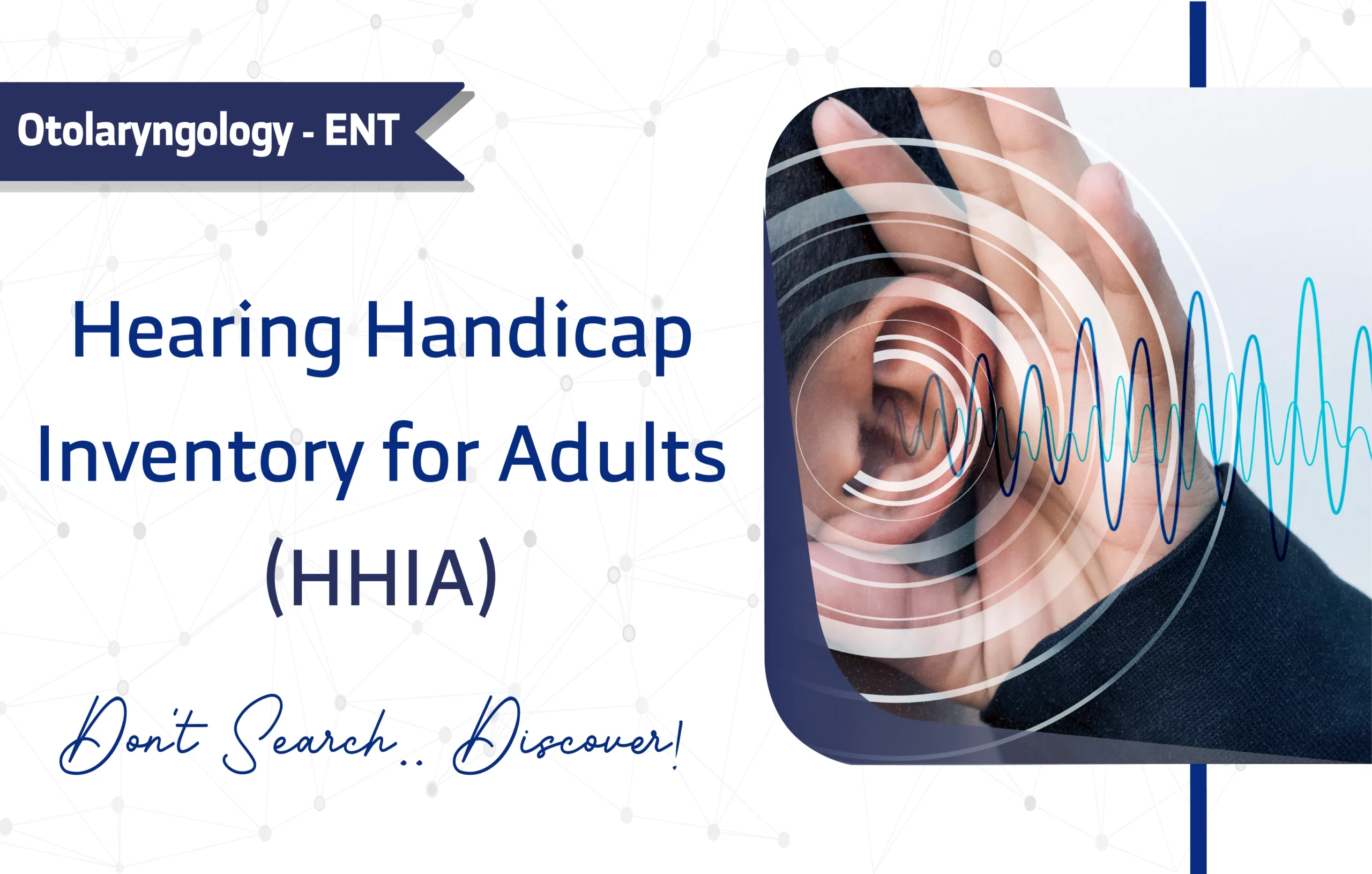
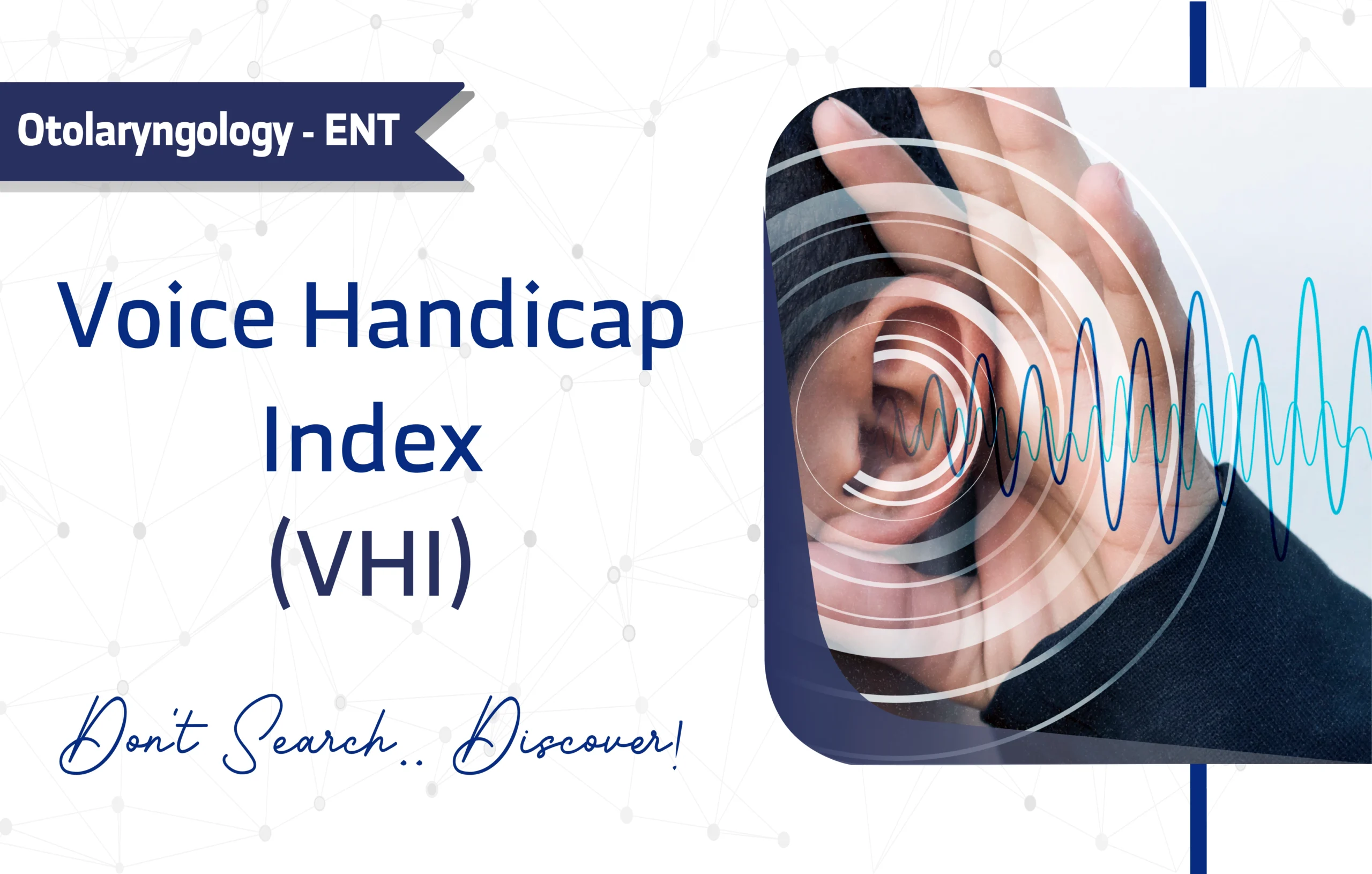
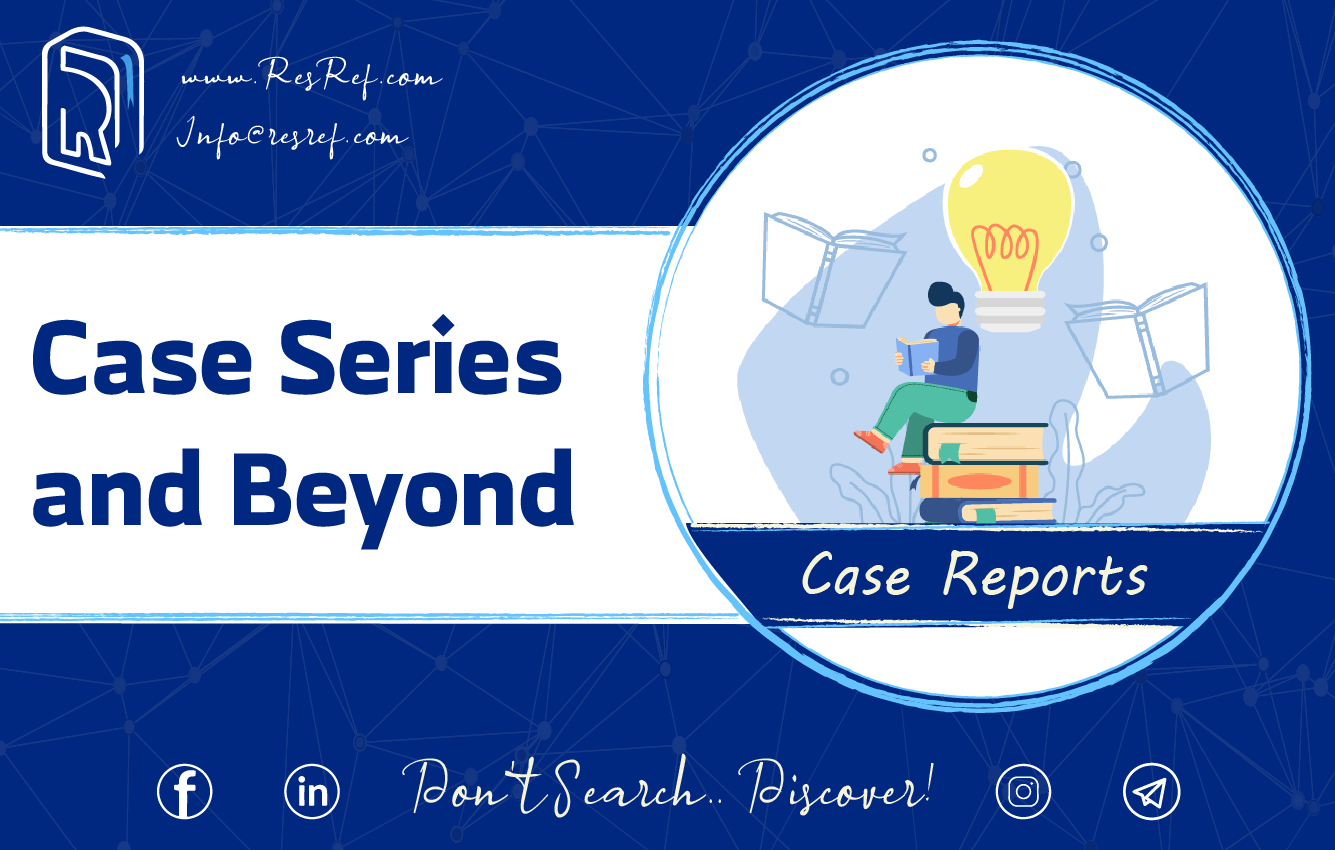
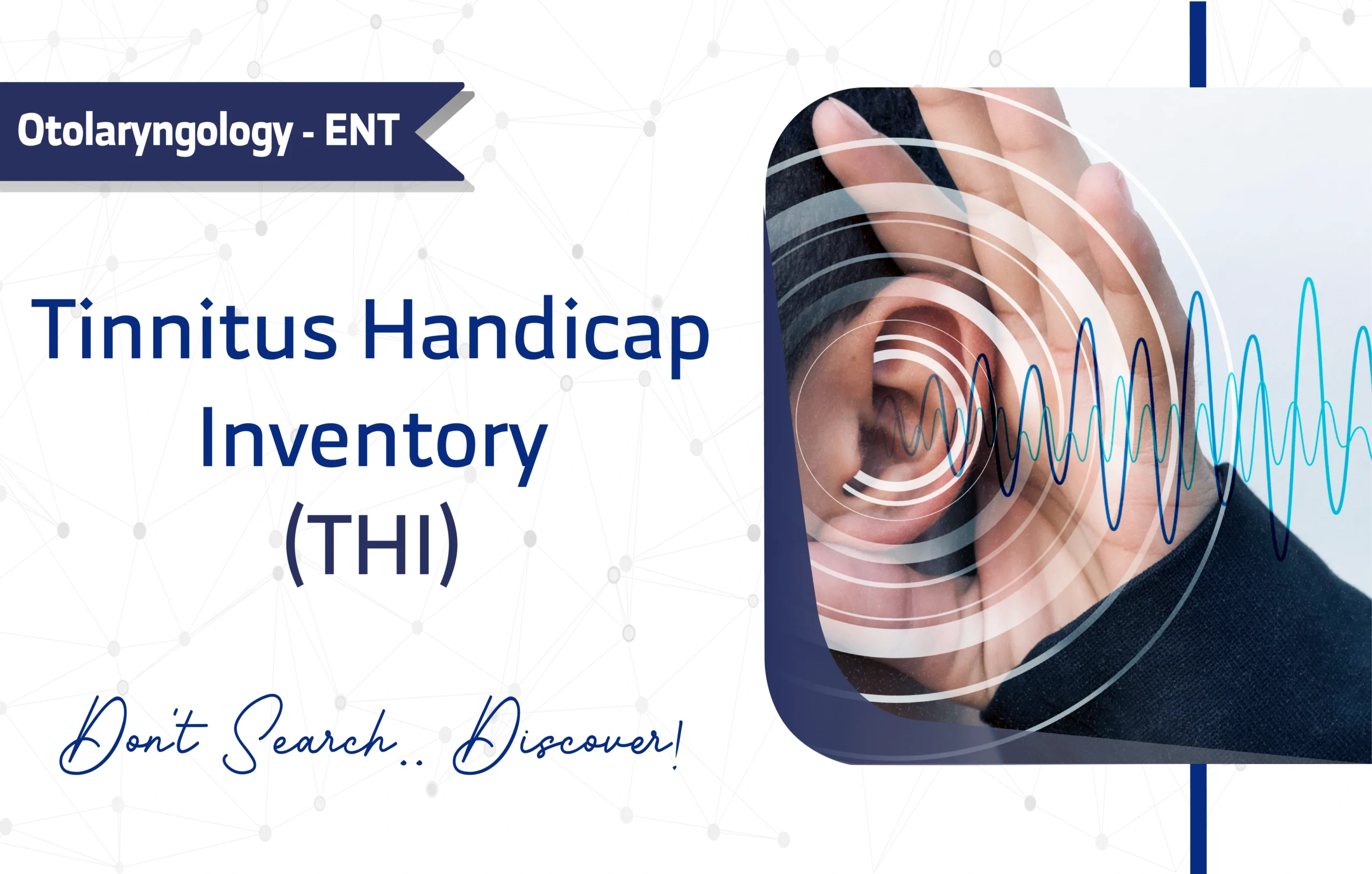
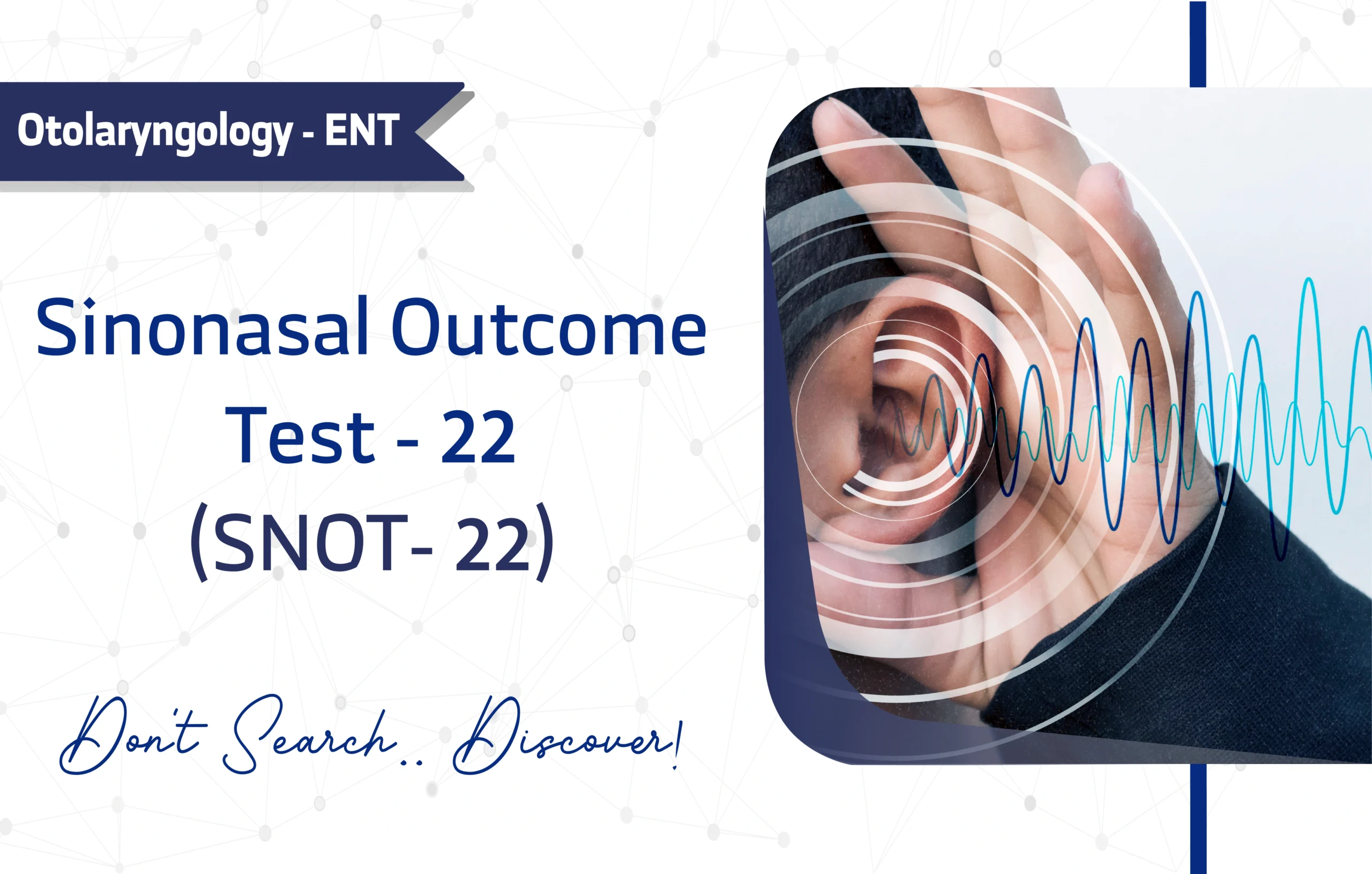
1 thought on “Seattle Angina Questionnaire: A Full Guide for Researchers and Clinicians.”
The way this guide breaks down what each score range really means for a patient’s daily life is spot-on and makes interpreting results feel straightforward and useful.